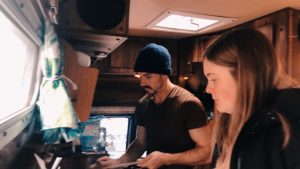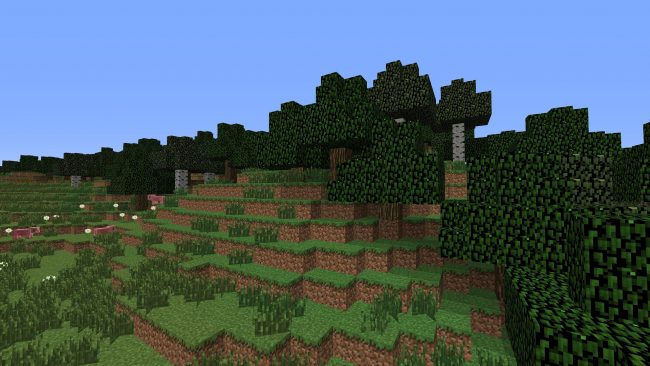I hope that you enjoy my final growth! I have worked hard this semester to develop my skills in chord transitions, practicing different strumming patterns, and playing more difficult songs than I’ve ever played before. I am really proud of the growth I have made over the semester, and this journey has made me more passionate about exploring my musical abilities. I hope to take what I have learned into my future as a teacher and as a musician.
While adventuring into the world of playing with another person, I discovered how difficult it can be to ensure that two of you are playing at the same tempo, as well as ensuring that both of you are executing the same strumming patterns. Although there were difficulties while playing with another person, I also think that I had a lot more fun playing and had more personality in my performance. David brought out a more musical side in me when we were playing together, and I am so happy to have had the opportunity to “jam” with him. Playing with other people is something that I’ve always shied away from as I was not confident in my abilities, but it is something I definitely want to explore further in my future.
I am incredibly thankful that this class and assignment reignighted my love for music, and I can not wait to bring that passion into my future classrooms.







